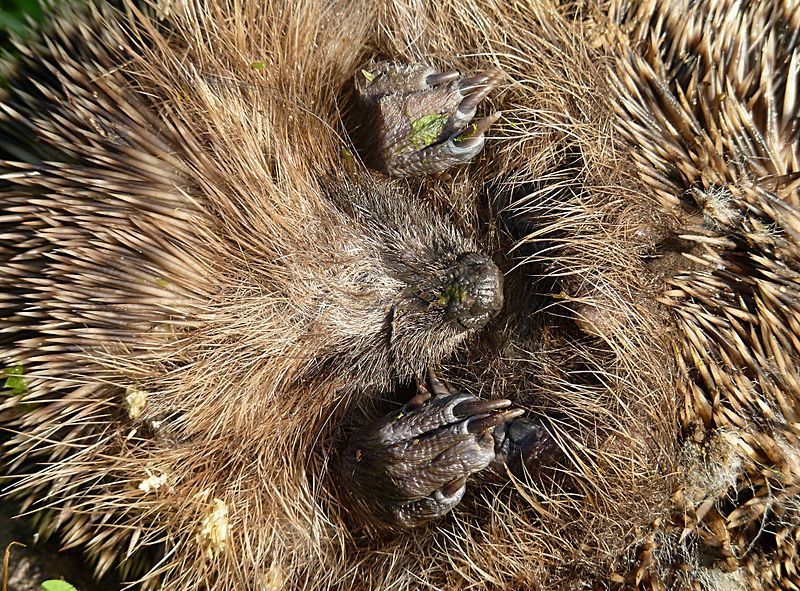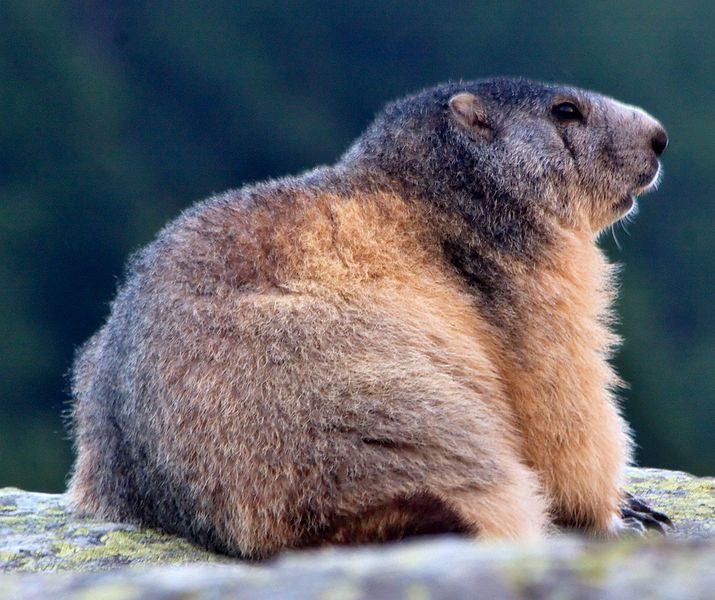Hibernators
Animals that stay here for the winter must be able to adapt to the cold season. Sometimes this is only possible by making drastic adjustments to their metabolism and the animals become inactive. Different variations of inactivity are distinguished: hibernation-like state, hibernation or great hibernation.

Factors influencing the hybernation strategy
- Food supply: Insectivores or small herbivores won't find food if there is a blanket of snow. They have to survive the winter without food, which can be achieved by a great hibernation. Larger herbivores can and have to clear the snow cover to find food. Because they feed almost completely on grass, no fat reserves can be built up to survive a longer period of hibernation without food.
- Body size: Large animals can better insulate themselves against the cold than small animals. The ratio of the volume where heat is produced to the surface of the body where heat is radiated is less favorable the smaller the animal is. Therefor small animals retreat into insulated buildings in winter, where they hibernate or commit to a great hibernation for a longer period of time.
- Gestation period: The genetically determined gestation period also plays a role in the choice of hibernation strategy. Young animals must be born in spring so that they become strong enough during the warm months to survive the following winter alone. For some species, the mating season therefore falls into winter, which rules out hibernation as a strategy. Such animals remain active throughout the winter (for example wild boars or wolves).
The marmot as an example
Marmots hibernate for 6 months. They rest within the family to keep each other warm. Animals weighing 5 kilos have a fat depot of about one kilo and lay on the outside while the younger animals with less body fat lie in the middle. The hibernation is monitored by the central nervous system. If the body temperature drops below 5°C, the metabolism is stimulated and the animals lie there with open eyes, but are unable to move. Every two weeks the body temperature rises to 37°C for one day, which protects the small animals from freezing. In this warmed-up phase, brain activity may decrease, and the animals are able to sleep properly for a short time. During this period the animals also repair the nest and visit the toilet.


